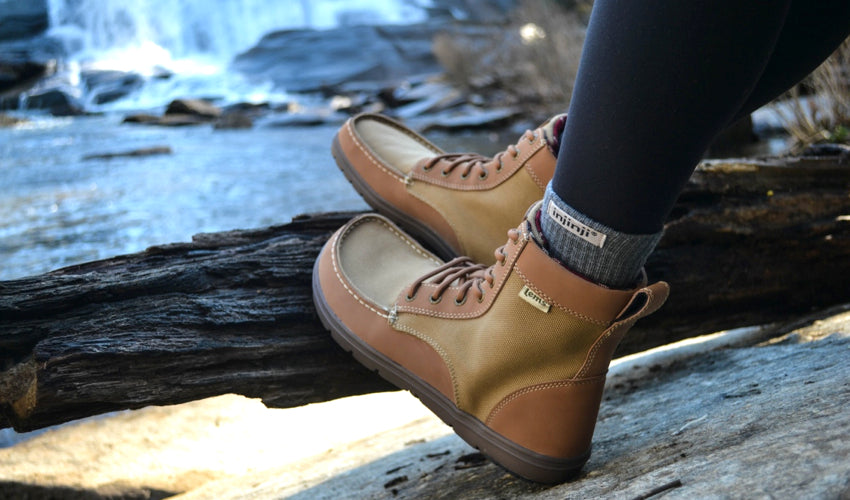
This article is also published on the Correct Toes blog in a slightly modified form.
Keeping your feet and toes warm during the cold winter months is an important consideration, and so too is keeping your feet and toes healthy and pain-free. Winter is no time to forget about natural foot health principles, and the footwear you use during the cold months should receive the same high scrutiny your warm-weather footwear receives. In this post, we'll discuss some of the most important considerations for cold-weather footwear and how you can stay injury-free in the winter while out and about.
Important Principles to Remember

The rules that govern healthy footwear apply equally to warm- and cold-weather shoes and boots, though it’s often more difficult to find foot-health-positive winter footwear. To review, then, winter footwear should be completely flat from heel to toe, widest at the ends of your toes, flexible in the sole, and lightweight. The relatively greater amount of shoe or boot material included in winter footwear usually means increased weight. Search for the lightest possible winter footwear that still protects your foot from the elements. Lightweight footwear (whether it be summer or winter footwear) enables a more natural (i.e., low-joint-impact) gait.
The late Dr. William Rossi, a leading figure in the natural foot health movement, once stated that “... a shoe has only two functions: as a nonintrusive, protective covering, and as an ornamental dressing. The moment a shoe assumes a therapeutic function for the average foot, the foot is in trouble.” A good winter boot or shoe can be just this (a nonintrusive and protective covering), as long as it allows your foot to function like a bare foot and does not alter the natural anatomical position of your foot or toes.
Winter Footwear Considerations

A few hardy souls may be willing to use their warm-weather minimalist footwear in cold conditions, but for most people, ensuring that the feet are insulated from the cold—from both the air and the ground—is a key consideration when selecting cold-weather footwear. The risk of frostbite on any exposed skin is real, and it can have a lasting effect on the sensory nerves in the exposed area. Keeping a sufficient buffer between your foot and the frozen ground is important because a significant amount of body heat can be lost through your feet.
Winter footwear must be wide enough to accommodate not only the width of your foot but also the thickness of your socks. Many people prefer thicker, woolier socks in the cold winter months, and these socks can take up a significant amount of space within your shoe or boot. Some shoes and boots have an inner lining (fuzzy or otherwise), too, that takes up additional space within the shoe or boot and can squish your toes, so judge footwear width accordingly when shopping for winter shoes or boots.

When selecting cold-weather footwear, consider the shoe or boot’s upper; specifically, whether it’s stretchy and flexible or stiff and constricting. A flexible upper allows more room for your toes to spread, which is an important advantage. A stiff upper can be okay too, as long as the width of the shoe or boot (at the ends of the toes) is adequate to begin with. It’s important to avoid buying a narrow toe box shoe or boot with a stiff upper, thinking the upper will loosen up or adjust over time—it won’t.
Most winter shoes and boots can be modified to create more toe room. One way to do this is to use the FootFitter Shoe Stretcher to stretch various parts of the upper, including the toe box. Another way to create more toe room in your winter footwear is to remove the liner or insole. Removing the liner can significantly increase the amount of space within the shoe or boot for your foot and toes. In most cases, the soles alone—in combination with your winter socks—will be thick enough to buffer heat loss from the bottoms of your feet. If, after removing the liner, your shoe or boot feels too loose or floppy around your heel, you can add a tongue pad to help take up some of the slack.

Re-lacing footwear is another simple and helpful modification that can increase toe room in cold-weather shoes or boots. Consider starting the laces a few eyelets higher up on your foot than normal, leaving the bottom one or two sets (i.e., the sets closest to the toes) open. This modification helps reduce pinch forces on your toes, allowing them more freedom within your shoe or boot’s toe box. No-tie laces (such as the ones pictured above) can also be helpful in opening up more room for your foot and toes within a shoe or boot, as they can easily be set to your desired tightness or looseness.

Consider, too, using socks that keep your feet sufficiently warm but do not cause sweating. Toe socks—which you can use in combination with Correct Toes toe spacers to help optimize your foot health—are great winter socks. Conventional socks can be okay too, but it's important to stretch the seam that runs across the ends of your toes to remove any tapering effect they may cause. If you wear slippers in your house, you should make sure they are flat, widest at the ends of your toes, and flexible in both sole and upper (not all slippers possess these important design features). One model that does incorporate all these elements is the men's and women's Xero Pagosa.
SHOP INJINJI TOE SOCKS SHOP CORRECT TOES SHOP MEN'S PAGOSA SHOP WOMEN'S PAGOSA
A final consideration when searching for foot-healthy cold-weather footwear is the Shoe Liner Test. Remove the shoe or boot's liner and stand on it (wearing socks, and Correct Toes, ideally) to determine if your winter shoes and boots are truly foot-health-positive. If any part of your foot or toes hang over the liner, the shoe or boot is most likely too narrow for your foot.
Healthy Winter Footwear

When shopping for cold-weather footwear, remember that the brand name of the shoe or boot is less important than the actual fit. Footwear brands that may be appropriate for cold weather situations (based on their historical designs and offerings) include Ugg, Soft Star, and Crocs—it just depends on the model. Feel free to contact us if you have found winter shoes or boots that work with Correct Toes and adhere to our natural foot health principles. We are always searching for new products to help support our readers' long-term foot health.
One Possible Option: Lems Boulder Boot

The Lems Boulder Boot is an excellent cold-weather footwear option! We have tested it in temperatures as low as 15 degrees F. For extremely cold temperatures, please do use a warm wool sock, and please avoid using Correct Toes toe spacers, as the device can get quite cold next to the toes. This boot meets all the criteria for Natural Footgear Certification, including a toe box that's wide enough to accommodate natural toe splay, a completely flat sole from heel to toe, a flexible sole, and an overall lightweight design. The Lems Boulder Boot Grip, with its higher-traction sole, can be a particularly useful cold-weather footwear option.
SHOP LEMS BOULDER BOOTS
Another Possible Option: Ahinsa Winter Barefoot Boot

The Ahinsa Winter Barefoot boot is a terrific cold-weather footwear option. The Winter Barefoot (aka “Fuzzy Boot”) incorporates all the foot-health-positive design features we typically look for in great boots, including a supremely flat and flexible sole and one of the widest toe boxes of any cold-weather footwear model on the market. This minimalist boot, which is Correct Toes compatible and Natural Footgear Certified, also incorporates a warm lining that will help keep your foot and toes toasty on even the chilliest days, especially when paired with a thicker Injinji toe sock.
SHOP AHINSA WINTER BAREFOOT BOOTS
A Third Possible Option: Lems Telluride Boot

The Lems Telluride Boot for men and women is crafted with a velvety soft suede upper, a gusseted tongue, a fur lining, and a two-layer open-cell PU insole, making it a great choice for outdoor enthusiasts seeking a comfortable boot for cold weather adventures. Also Natural Footgear Certified, this boot offers your forefoot and toes ample room to function the way that nature intended, and it incorporates a zero-drop sole that helps enable natural arch support, a low overall stack height that boosts foot and ankle stability, and a flexible outsole that allows you to develop optimal foot and toe strength.
SHOP MEN'S TELLURIDE BOOT SHOP WOMEN'S TELLURIDE BOOT
Winter Traction Aids to the Rescue!

We highly recommend using a good pair of winter traction aids. Traction aids are excellent at preventing slips and falls in icy and wintry conditions. They work great for everyone, from seniors who may be unsure of their footing to hard-core athletes who train outdoors in the winter. Use traction aids when shoveling snow from your driveway or sidewalk, walking your dog, or jogging in the city or on the trail.
Don't Forget Your Warm Socks!
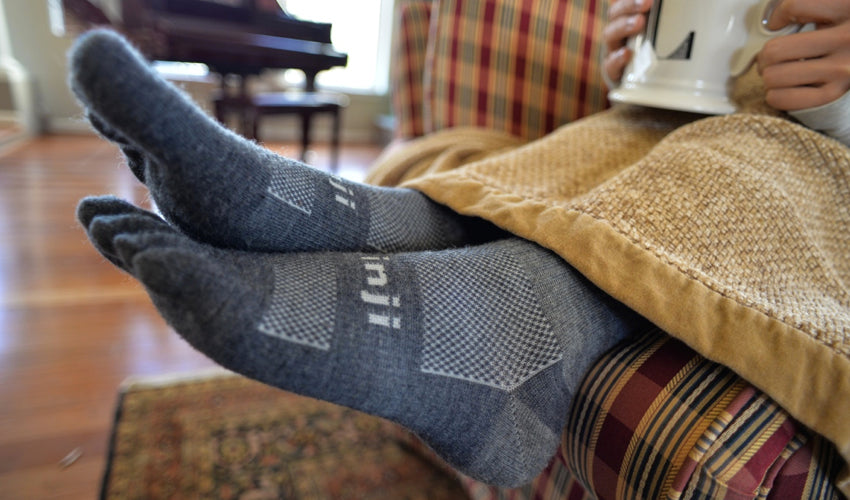
Wearing warm socks is an important consideration for winter weather and outdoor pursuits. We like combining wool toe socks with foot-healthy winter footwear (whether it be Lems Boulder Boots, Ahinsa Winter Barefoot boots, men's and women's Lems Telluride Boots, men's and women's Xero Pagosa slippers, or any other appropriately foot-healthy model) and traction aids for active outdoor activities during the cooler months. Visit our toe socks collection to see the latest sock offerings on the Natural Footgear site.
SHOP INJINJI TOE SOCKS

WANT TO IMPROVE YOUR FOOT HEALTH?
Let the team at Natural Footgear help you! Subscribe to our newsletter for the latest offers and helpful info, and sign up for our FREE email courses on various topics and foot health conditions.
Sign Up →
Want to Improve Your Foot Health?
We are here to help you every step of the way. Get our newsletter for the latest offers and helpful info, and sign up for our FREE email courses on various topics and conditions, including bunions, hammertoes, neuromas, plantar fasciosis, shin splints, ingrown toenails, and more.
Sign Up →
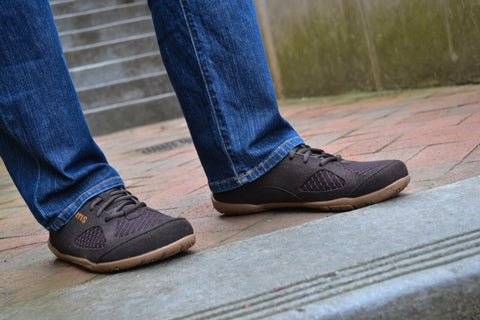 We all spend a lot of time on our feet, in shoes, so understanding what constitutes healthy footwear is absolutely crucial for building and maintaining optimal foot, toe, and joint health. Indeed, the health of your feet has profound implications on your entire body and your quality of life. But what are the key differences between a truly foot-healthy shoe and the industry standard? Quite a bit, as it turns...
Read more
We all spend a lot of time on our feet, in shoes, so understanding what constitutes healthy footwear is absolutely crucial for building and maintaining optimal foot, toe, and joint health. Indeed, the health of your feet has profound implications on your entire body and your quality of life. But what are the key differences between a truly foot-healthy shoe and the industry standard? Quite a bit, as it turns...
Read more














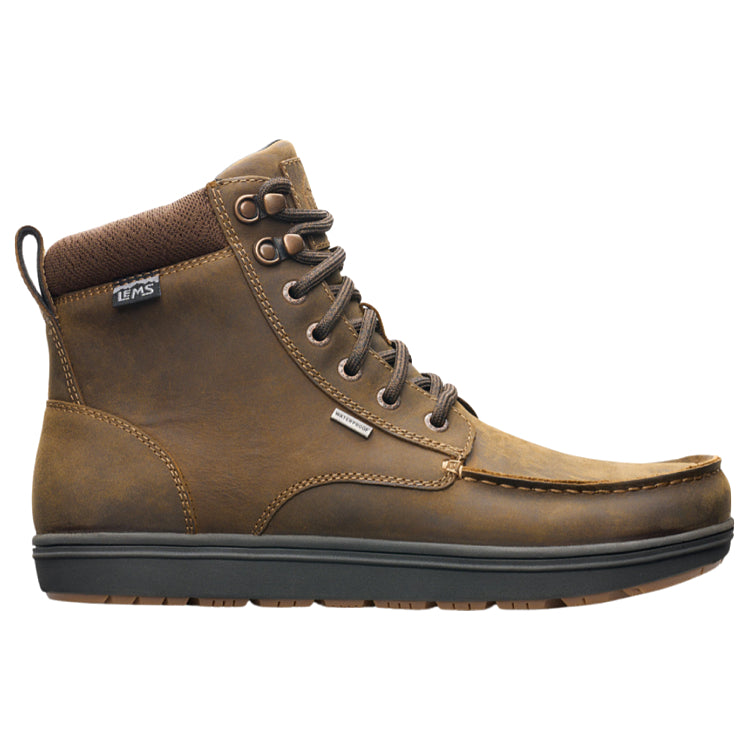
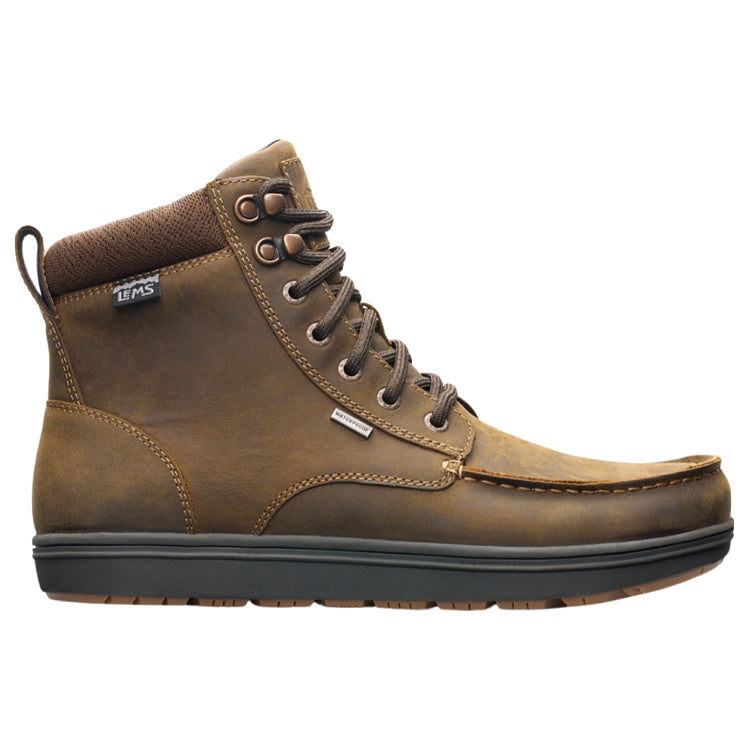
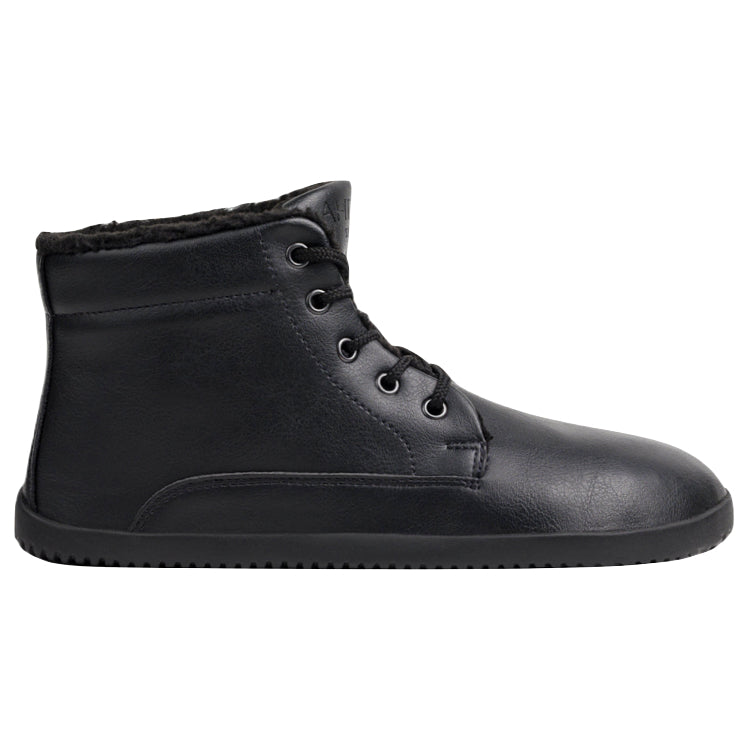
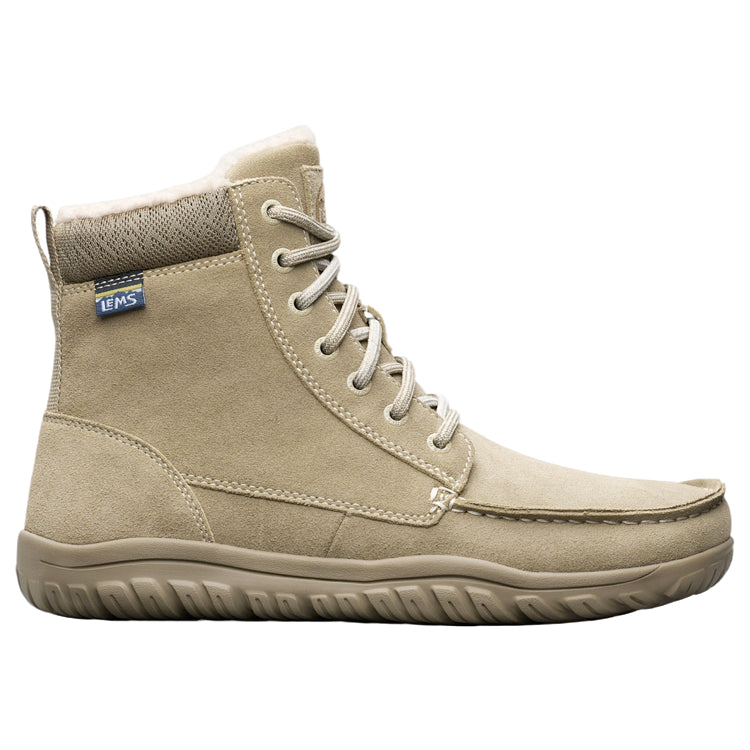
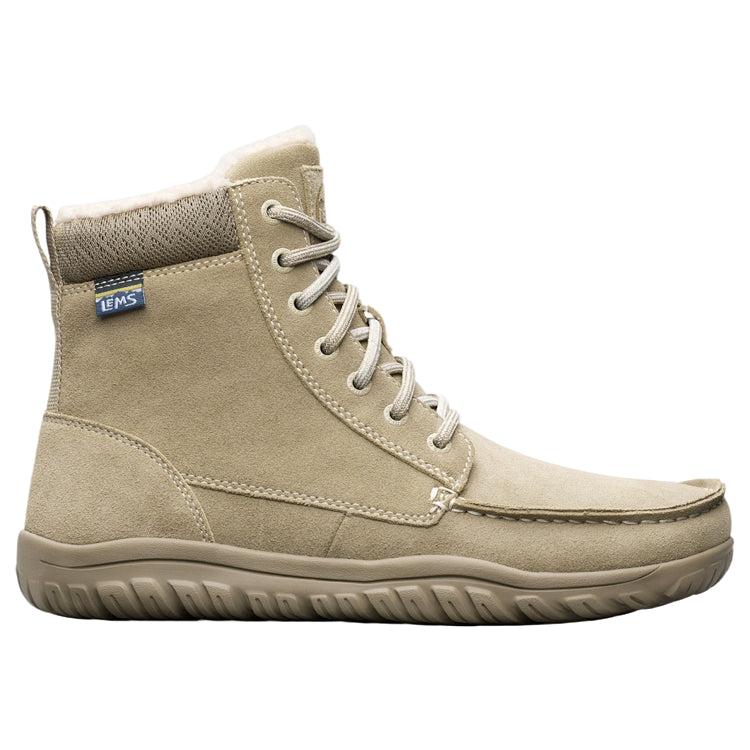
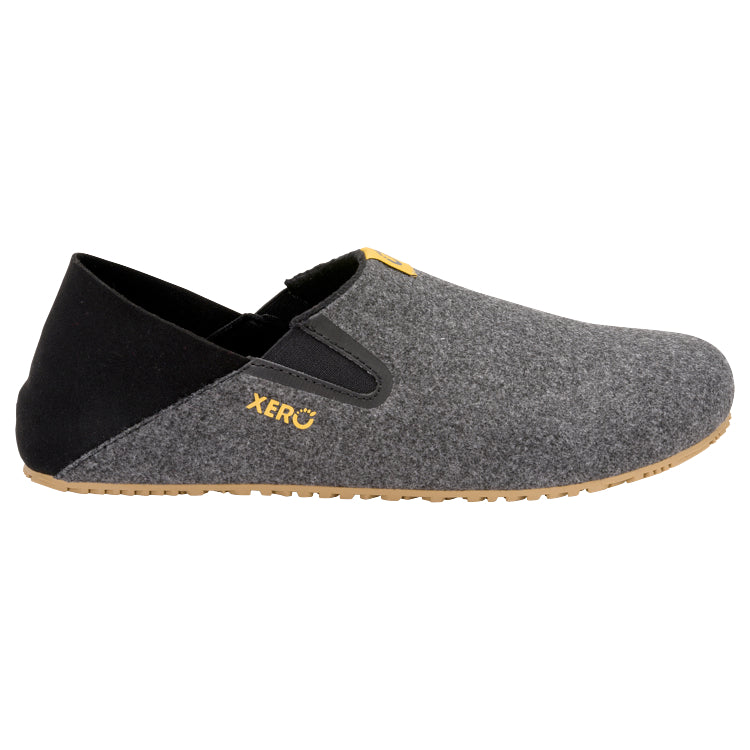
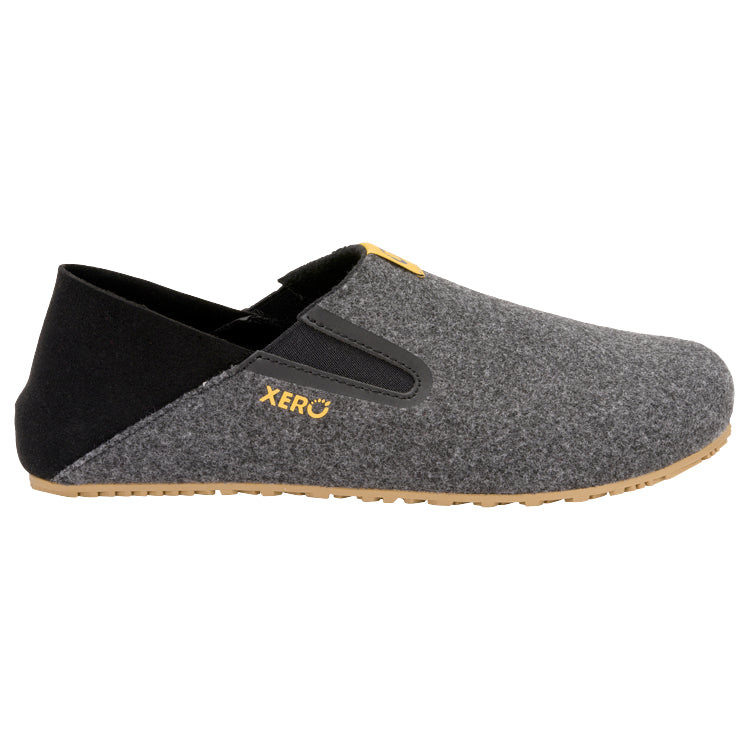
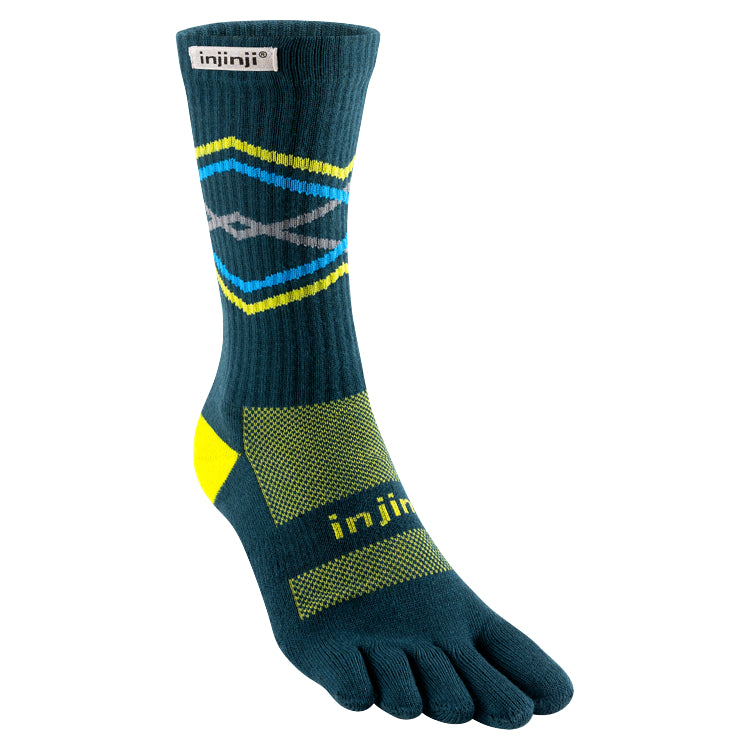
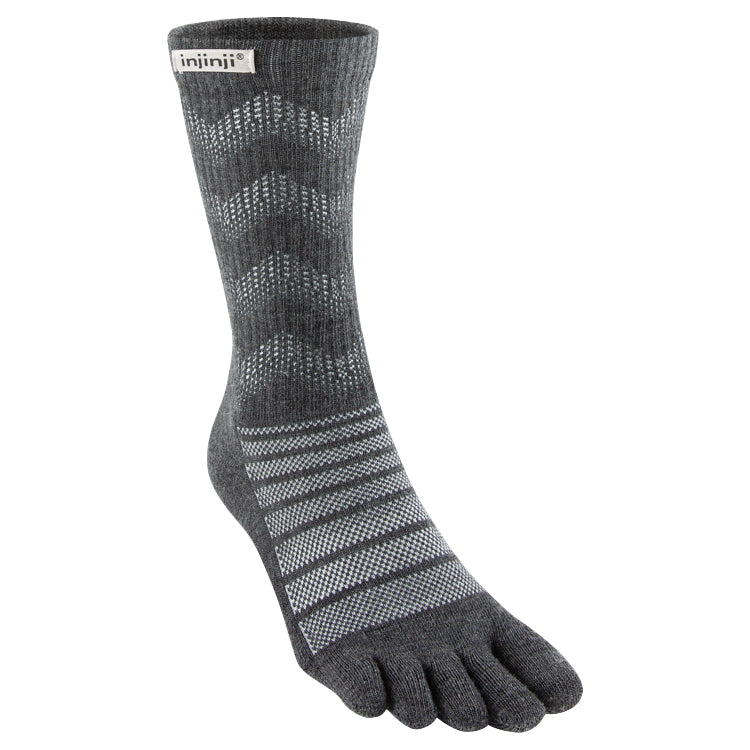
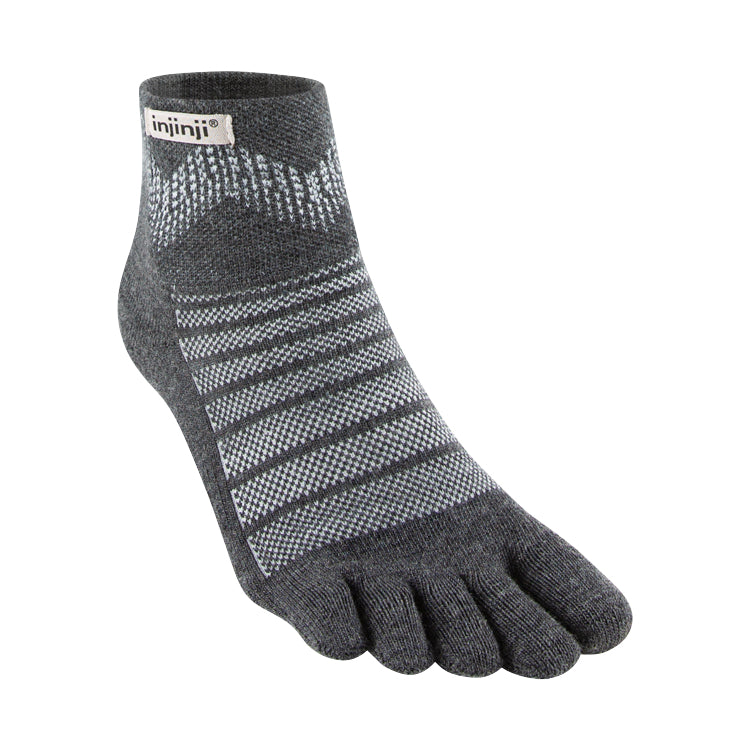
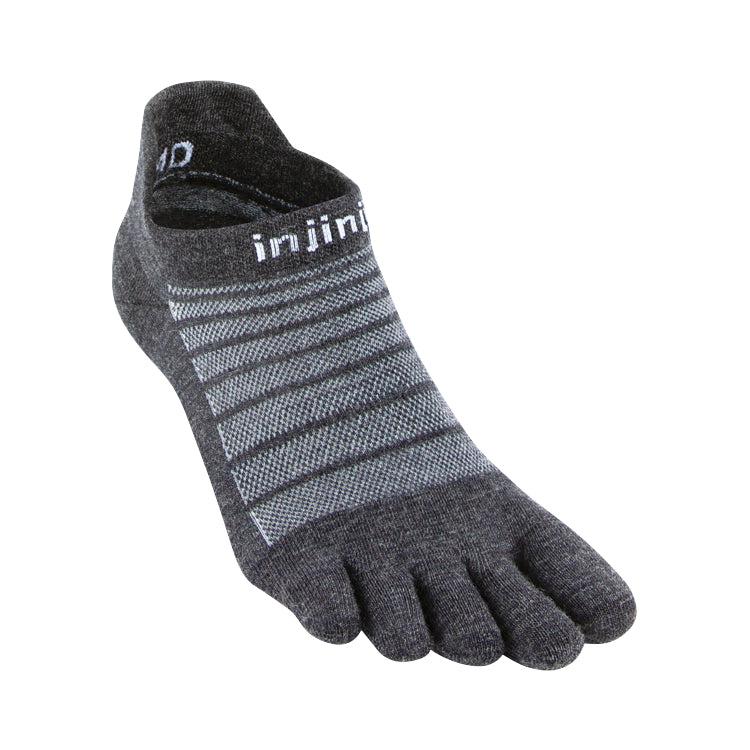
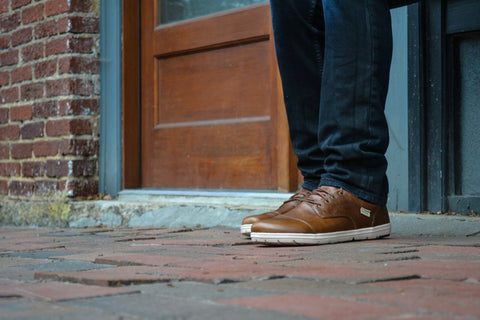
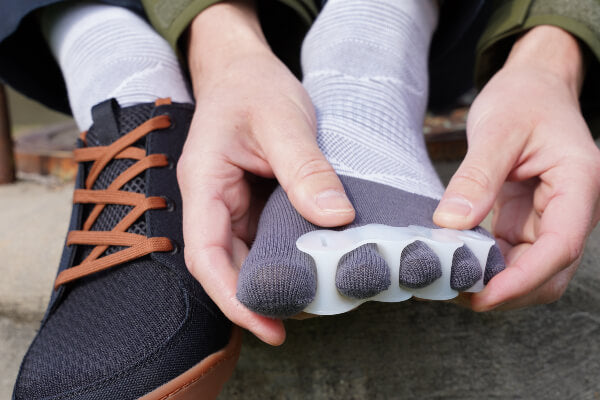
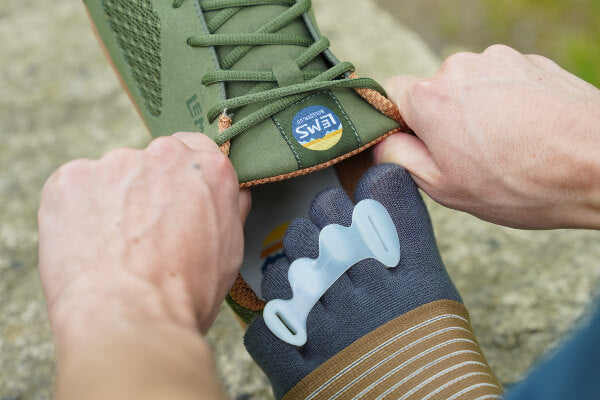
Like most guys, I HATE shopping. Great suggestions for sure but … I have a special interest in cold weather footwear. I drive a semi and I’m exposed to cold, wet, slushy grounds at railyards in addition to extreme Chicago wind chills. Soaked wet footware at -5 makes a big windchill difference, trust me. Once my feet are cold, my body is cold and I am done for the day, period. A big contribution to this is that I’m diabetic with impared circulation in the feet. What boot brand name would you recommend as a starting point to to consider?
Hi, John,
Thank you for your comment. I certainly do appreciate your unique occupational footwear needs (as well as the need to find something that stands up to the chilly winter conditions in Chicago—been there, done that!). Unfortunately, we don’t have any recommendations for you at this time that meet your exact criteria. I can tell you, though, that I’m currently trialing the Lems Boulder Boot (www.naturalfootgear.com/pages/lems-boulder-boots) in Canadian winter conditions and it seems to be holding up to the elements just fine. It’s not water-proof, but it is water-resistant. A thick wool sock inside would definitely go a long way. Just a thought. If I find anything else that might be appropriate, I’ll let you know.
Kind regards,
Marty Hughes, DC